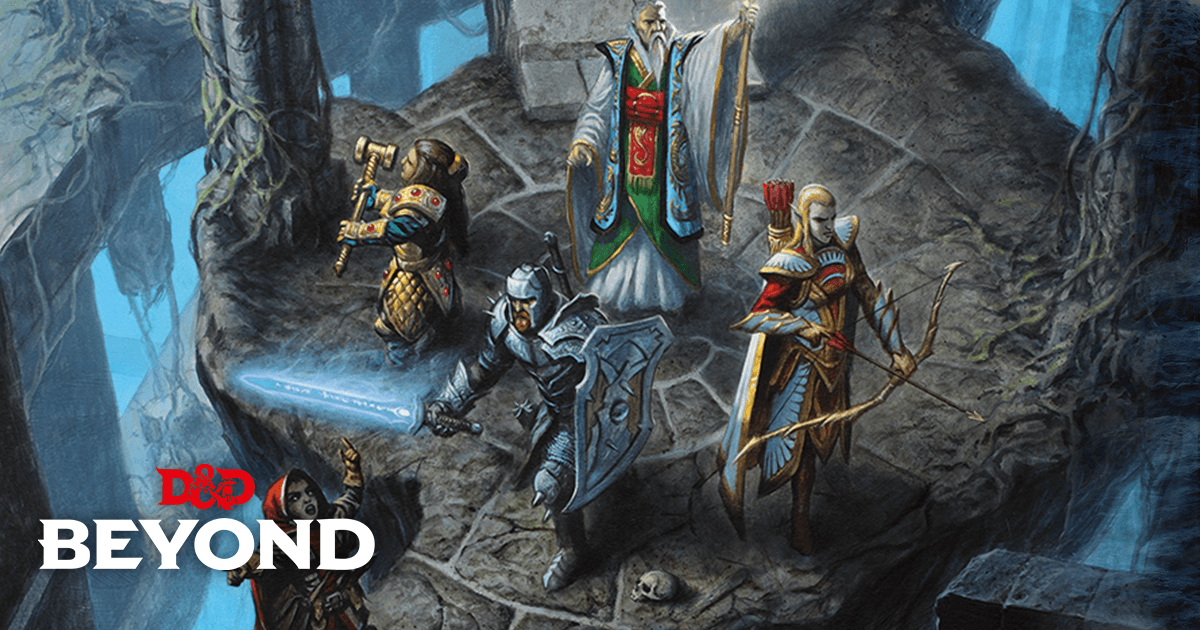D&D greatswords are not real life greatswords. They are probably longswords. maybe claymore at best.
they are far too portable in description to be real zweihanders.
Despite the name literally meaning "great sword", the claymore is a normal D&D Versatile longsword. Reallife fighters can and do wield a claymore with one hand.
I feel strongly, any "Versatile" weapon should improve two dice sizes when two handed. Thus, longsword 1d8 Versatile 1d12.
I support the Japanese unit of measurement for bladelengths: 1 shaku ≈ 1 foot ≈ 30 centimeters
0-1 feet: knife ... a dagger is a double-edge knife
1-2 feet: shortsword ... wakizashi, gladius, seax, machete, etcetera
2-3 feet: sword ... the "normal" sword, katana, knightly arming sword, viking sword, spatha, etcetera
3-4 feet: longsword ... the historical longsword wielded variously onehand or twohand, and its corresponding grips
4+ feet: greatsword ... the reallife zweihaender plus the fantasy buster swords of various styles
The "normal" "sword" stats would be 1d8 Slashing-Piercing, Finesse and onehanded.
(I like to stat the katana as 1d6 slash-pierce Finesse Versatile 1d10.)
The historical rapier bladelength is actually very long, same as a longsword, except very thin.
large creature when its uses a dagger, it gets 2d4 damage, by the rules.
so why not same rules for small characters?
I realize the 2014 rules have different weapon damages for different sized weapons.
But I feel having excessively different mechanical stats for a same weapon is profoundly unhelpful.
Instead, simplify a "Size Bonus to Damage" that only refers to the creature Size. The creature applies this same Damage Size Bonus whether using a dagger, a greatsword, or an unarmed strike.
maybe we should do the opposite??
small dagger d4
medium dagger 2d4
large dagger 3d4
Some species should include the option of being Large: Orc, Goliath, and even Human.
The Large Size has no mechanics in itself, but other mechanics can refer to it. For a Large player character to extend Reach and gain a Size Bonus to Damage requires a Feat.
That construction also determines the expected
draw length. If an archer is only 2-3 feet in height they aren't going to be drawing a bow string 80-100+ cm back and the resulting arrow is going to be a lot less useful once it's in flight. It's literally a big part of the reason why there are bows made for kids of different age ranges like in that link.
Some bows are very "stiff" and transmit the force of the shot without an especially long draw length.
There's too many holes in the UA stuff we have so some of these are going to use 2014 rules that do not yet seem to have changed. Here are a few.
MOVING AROUND OTHER CREATURES
During your Move, you can pass through the
space of an ally, a creature that has the
Incapacitated condition, a Tiny creature, or a
creature who is two sizes larger or smaller than
you.
With regard to game balance, I consider moving thru a hostile space to be negligible. One is still vulnerable to Attacks.
It turns out, in 5e extended Reach is no big deal. Because. There is only one Reaction. So weapon damage to multiple targets within Reach, especially for Opportunity Attacks is more rare and less meaningful.
Squeezing into a Smaller Space
A creature can squeeze through a space that is large
enough for a creature one size smaller than it. Thus, a
Large creature can squeeze through a passage that's
only 5 feet wide. While squeezing through a space,
a creature must spend 1 extra foot for every foot it
m oves there, and it has disadvantage on attack rolls
and Dexterity saving throws. Attack rolls against the
creature have advantage while it’s in the smaller space.
In my campaigns, "squeezing" challenges are extremely rare. Highly situational. Normally irrelevant to combat.
... Halfling ... Gnome ... Grung
Every species has traits that most other species lack. This is part of the species design space.
Small Size is irrelevant to any gaming balance.


